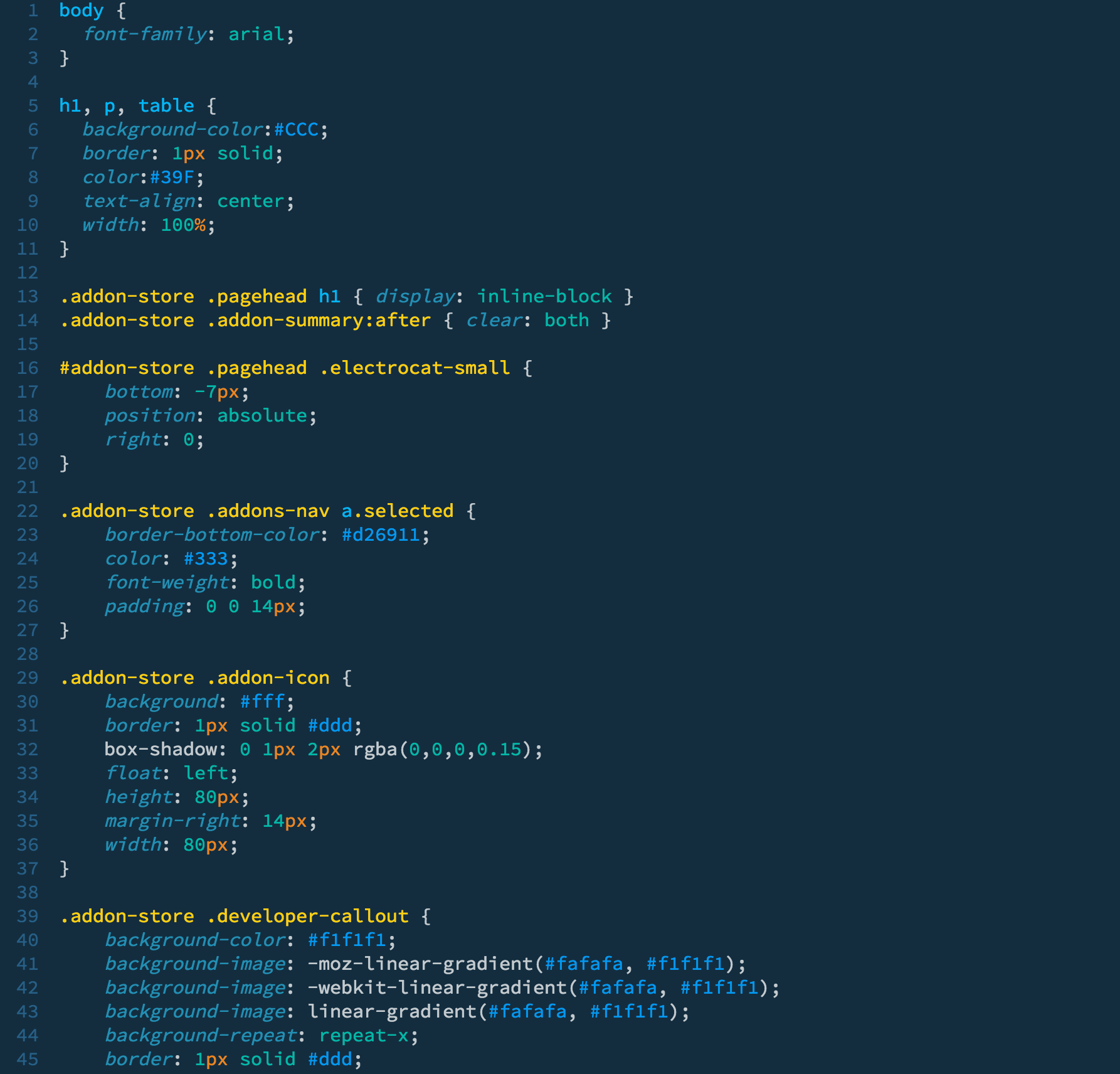

This not only results in a piecemeal styling process, but also adds some additional files to your app, increasing its ultimate file size.Īs opposed to iOS where you can change virtually any visual style at runtime, on Android some styling takes place at build time, before the app is launched. This means that the colors you see on Android apps with this version of AppCompat, instead of being actual colors represented as HEX triplets, are for the most part images that are being stretched to fit the given screen space. These styles are essentially a package of 9-patch images that Android would use while rendering screens. To style Android apps under Titanium 3.x, you needed to create native Android Styles, often using third-party tools. This native library provided background compatibility for the ActionBar, resulting in a more consistent and unified visual representation of your Android apps across Android devices, especially those running Android 2.x. In Titanium SDK 3.3.0, Appcelerator started using the Android AppCompat library.


 0 kommentar(er)
0 kommentar(er)
